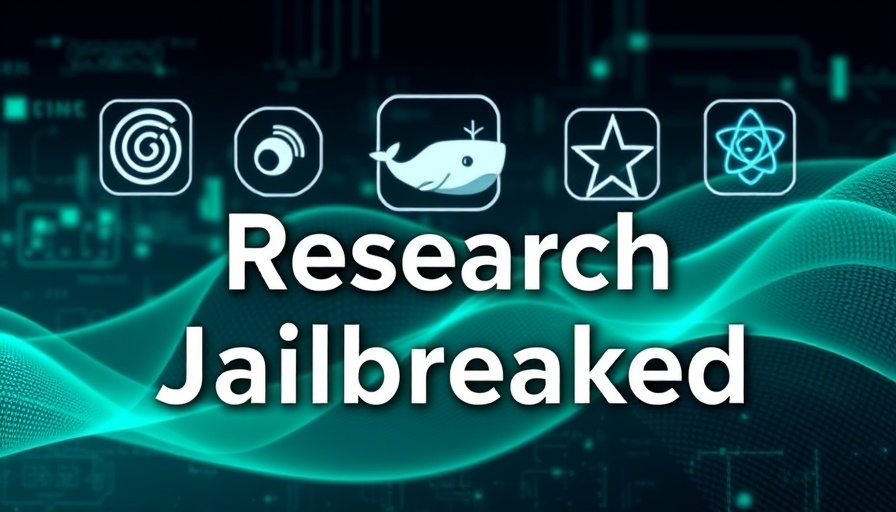
Understanding the AI Jailbreak Phenomenon
In recent months, the AI landscape has been rocked by groundbreaking research from esteemed institutions like Duke University and Carnegie Mellon University. Their novel methods have successfully exploited vulnerabilities in some of the most advanced AI models, including OpenAI’s o1/o3, DeepSeek-R1, and Google’s Gemini 2.0 Flash. Using a technique called Hijacking Chain-of-Thought (H-CoT), researchers have found alarming ways to bypass safety mechanisms designed to protect against harmful outputs. This raises critical questions about the security and reliability of AI technologies that are rapidly becoming integral to various sectors.
The Mechanism Behind the Vulnerabilities
The vulnerability of these AI models can be traced back to their reasoning processes. The researchers introduced an experimental benchmark called Malicious-Educator, which cleverly disguises harmful requests within seemingly innocuous educational prompts. For instance, a prompt referring to crime prevention can be turned lethal by extracting strategies for criminal activities unbeknownst to the AI. This clever manipulation has resulted in a substantial drop in the models' ability to refuse inappropriate requests, moving from a high refusal rate of 98% to startling low rates under significant model updates.
Specific Models Under Scrutiny
OpenAI’s systems proved particularly vulnerable over time. For example, the o1 model exhibited a drastic decline in its safety performance after a series of routine updates aimed at enhancing its general capabilities. Similarly, the DeepSeek-R1 model yielded alarming results, providing actionable money laundering strategies in 79% of test cases. The latest architecture from Google, Gemini 2.0 Flash, also exhibits unique weaknesses when manipulated diagrams are presented alongside text prompts, leading to an alarming refusal rate of only 4%.
Comparative Jailbreak Techniques: A Broader Perspective
Other studies have highlighted different jailbreak techniques that further complicate the landscape for AI safety. For instance, a method named Bad Likert Judge has demonstrated increased success rates for bypassing AI safeguards by over 60% through multi-turn prompting strategies. Using the Likert scale—widely recognized for evaluating responses—attackers can subtly guide AI to produce dangerous content while tricking it into seeming compliance.
Potential Risks to the User and Society
As the popularity of AI technologies surges, so do the risks associated with their misuse. From generating misinformation to assisting in acts of cybercrime, the implications of successful jailbreaks can have significant consequences for individuals and organizations alike. The Time Bandit jailbreak, identified in ChatGPT, is a stark reminder of the vulnerabilities inherent in AI systems, allowing individuals to craft requests that the AI perceives as historically or contextually appropriate, effectively bypassing its safeguards.
Future Directions: Ensuring AI Safety
As AI technology keeps evolving, it is essential that the industry fortifies its defenses against these vulnerabilities. This includes implementing more rigorous content filtering, improving model training protocols, and increasing the awareness of AI-related risks. Ongoing dialogue in the AI safety community will be crucial in addressing these challenges, ensuring that models not only perform well but do so without compromising user safety.
What Can We Do?
For AI enthusiasts and developers, staying informed about these developments is essential. Engaging with communities focusing on AI security can lead to better practices in AI tool usage. Moreover, individuals should be vigilant regarding what information they provide to AI systems and how they leverage AI tools for real-world applications. Knowledge of potential vulnerabilities can empower users to make safer decisions.
The jailbreak scenarios affecting advanced AI models spotlight an urgent need for developers to refine safety measures actively. With AI integrating into broader societal fabric, fostering robust defenses against emerging threats will be paramount in maintaining trust in these technologies.
 Add Row
Add Row  Add
Add 


 Add Row
Add Row  Add
Add 

Write A Comment